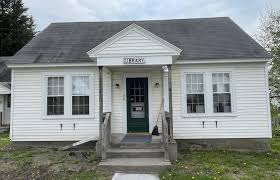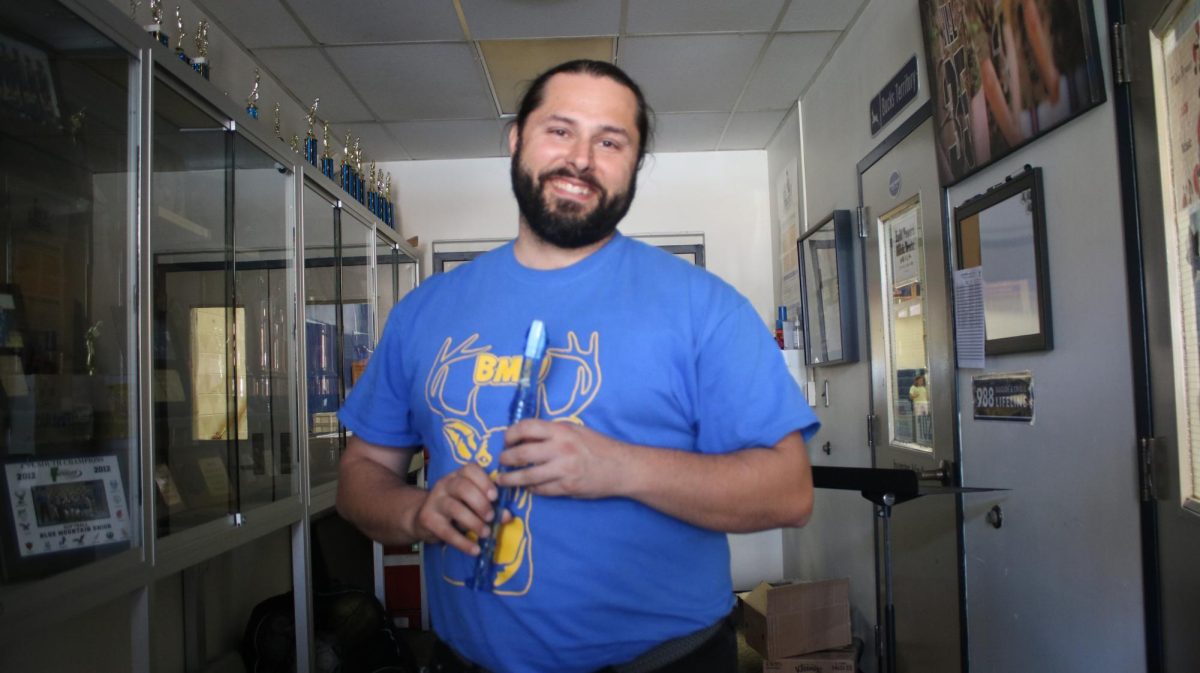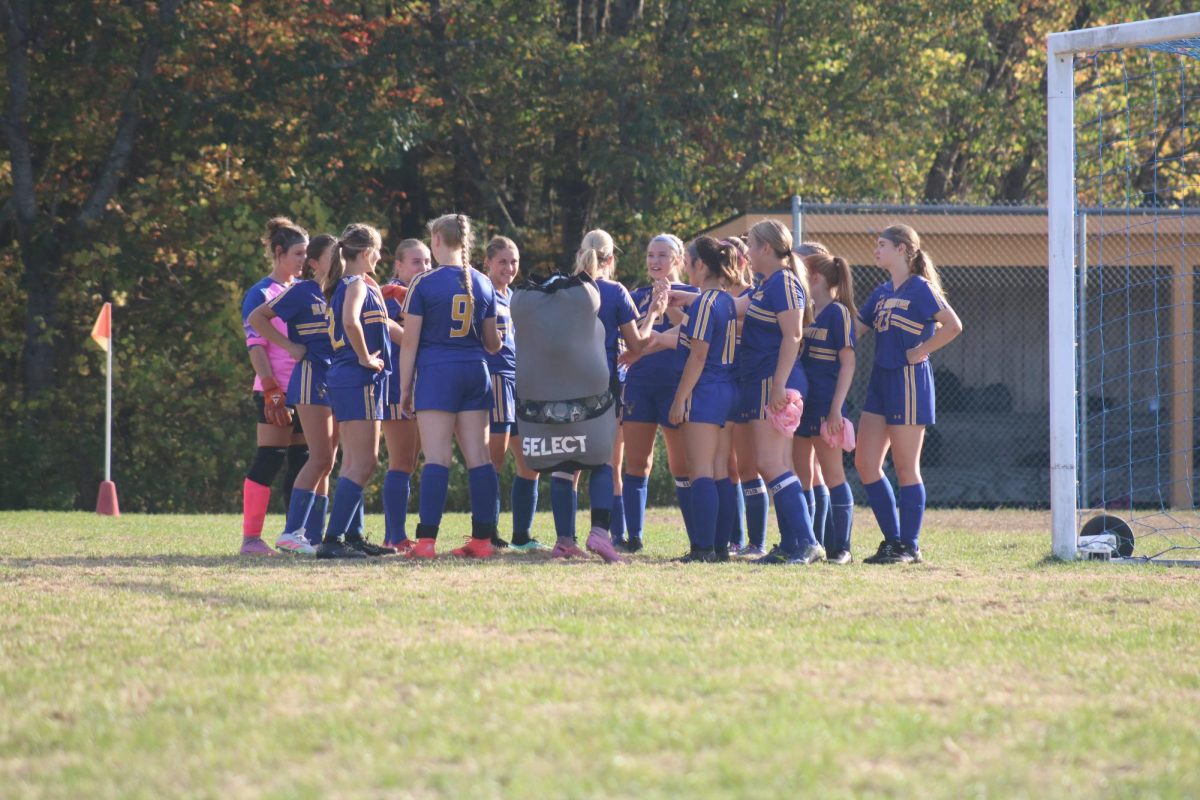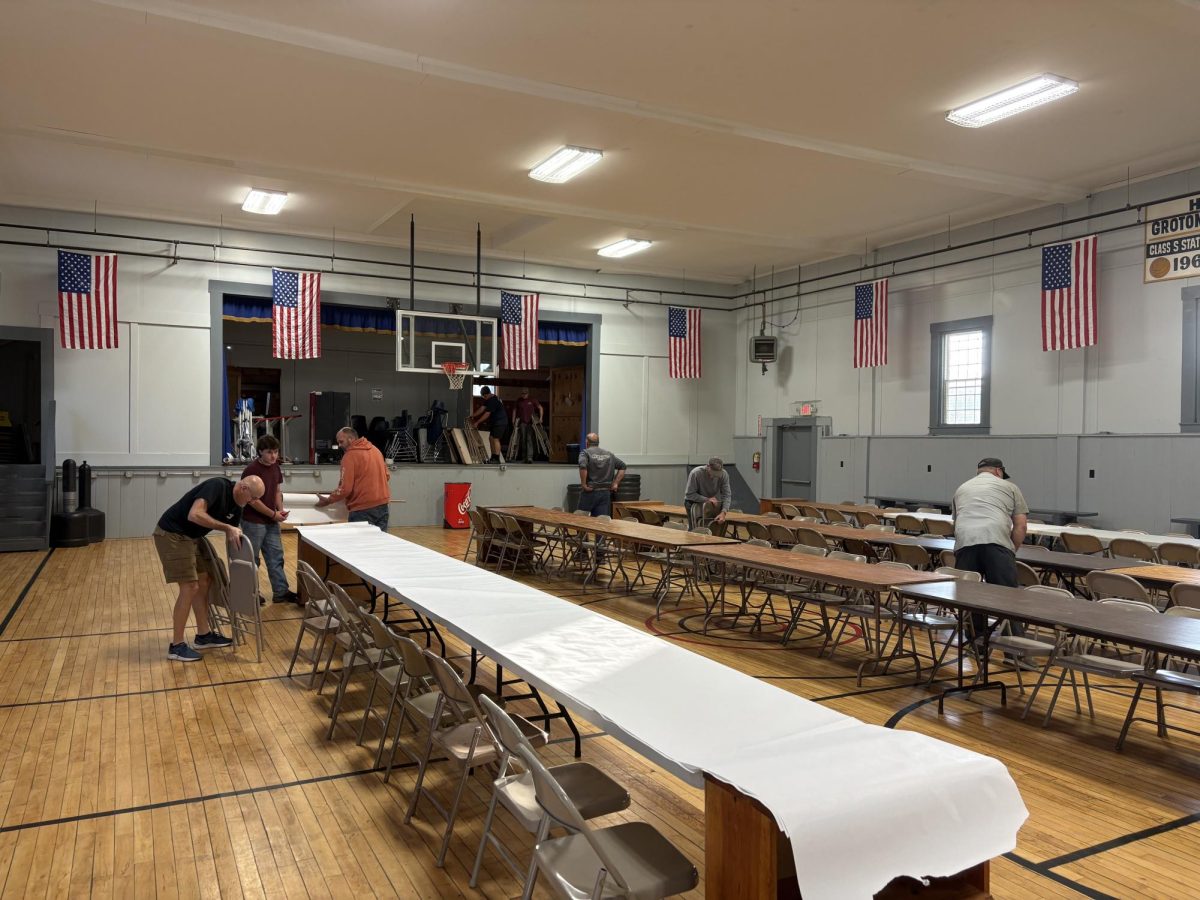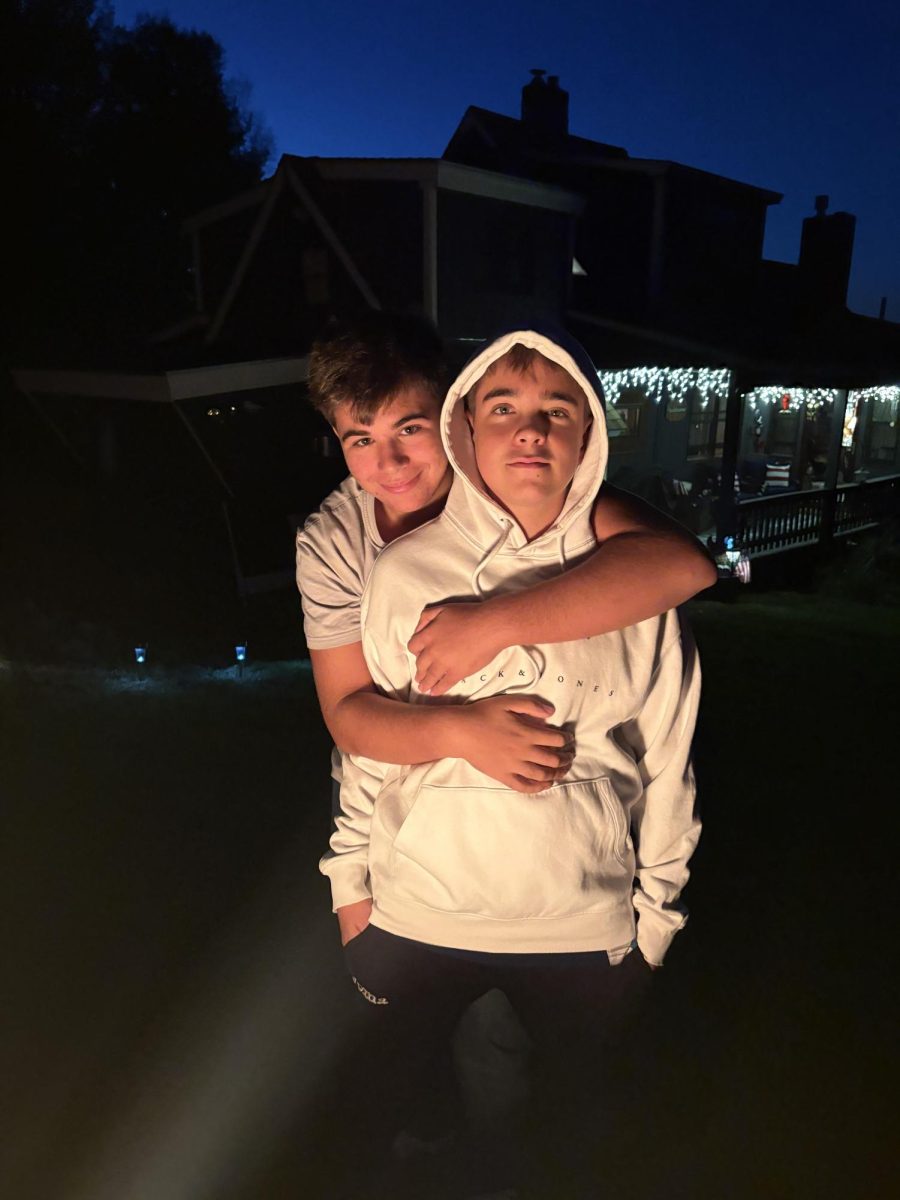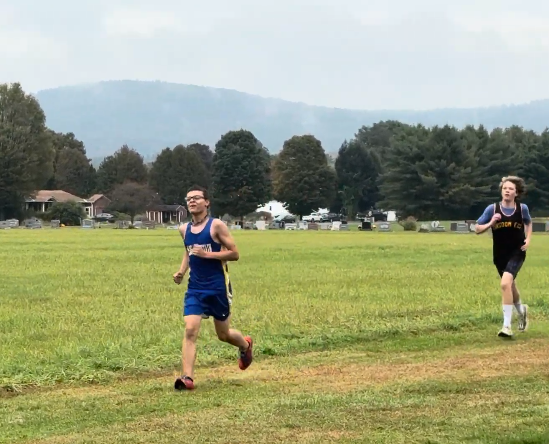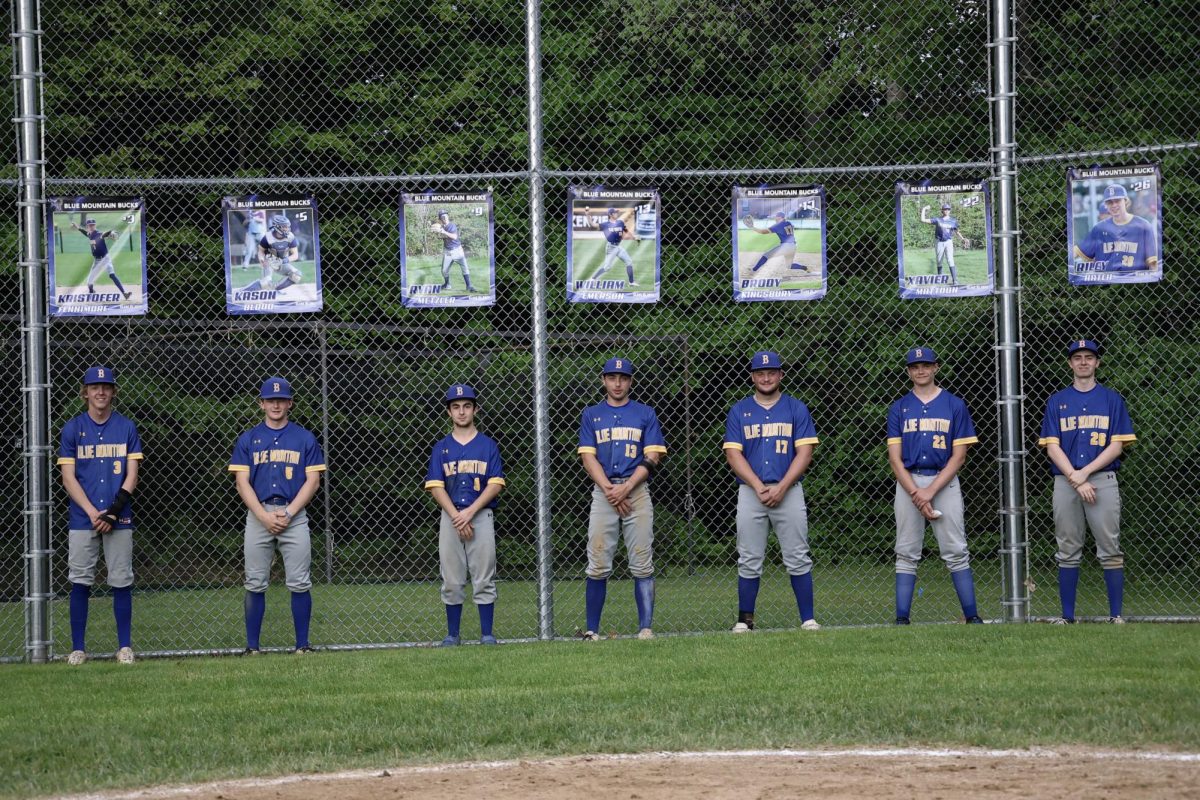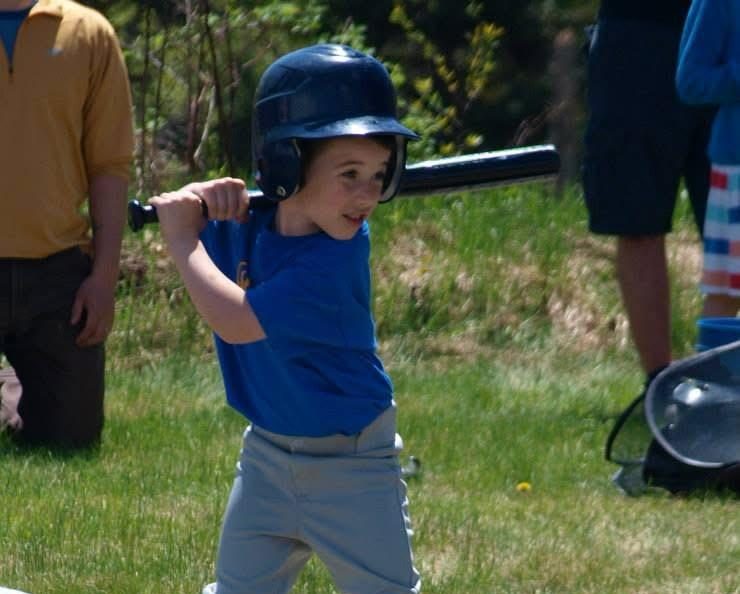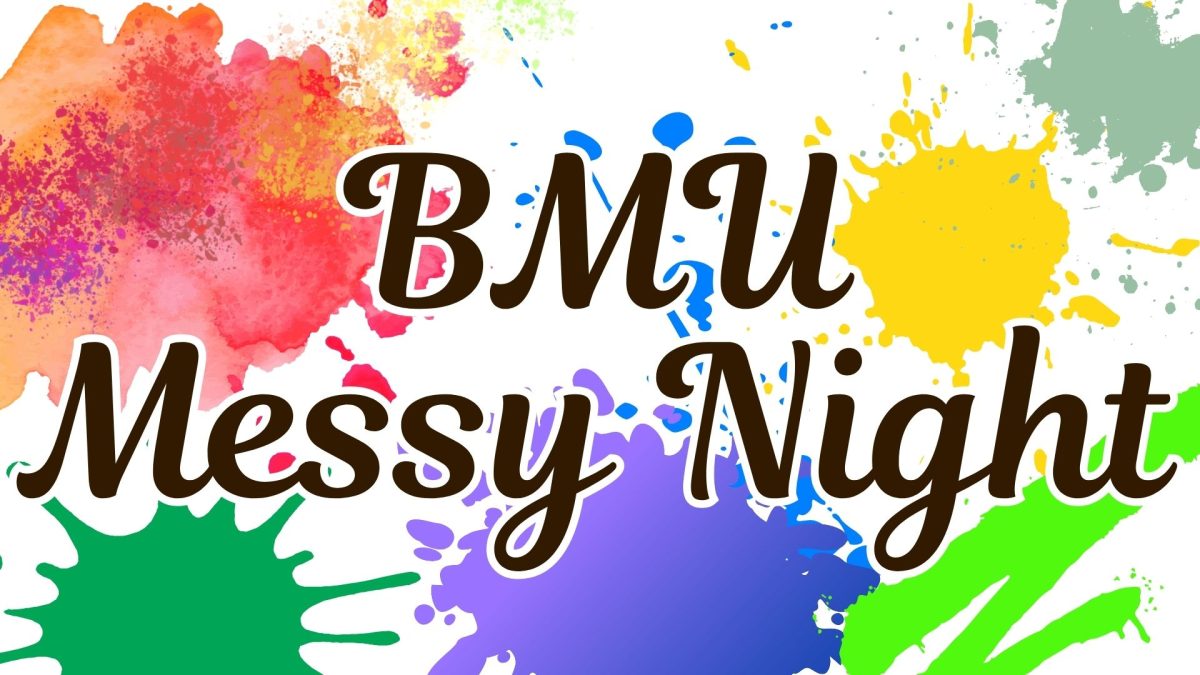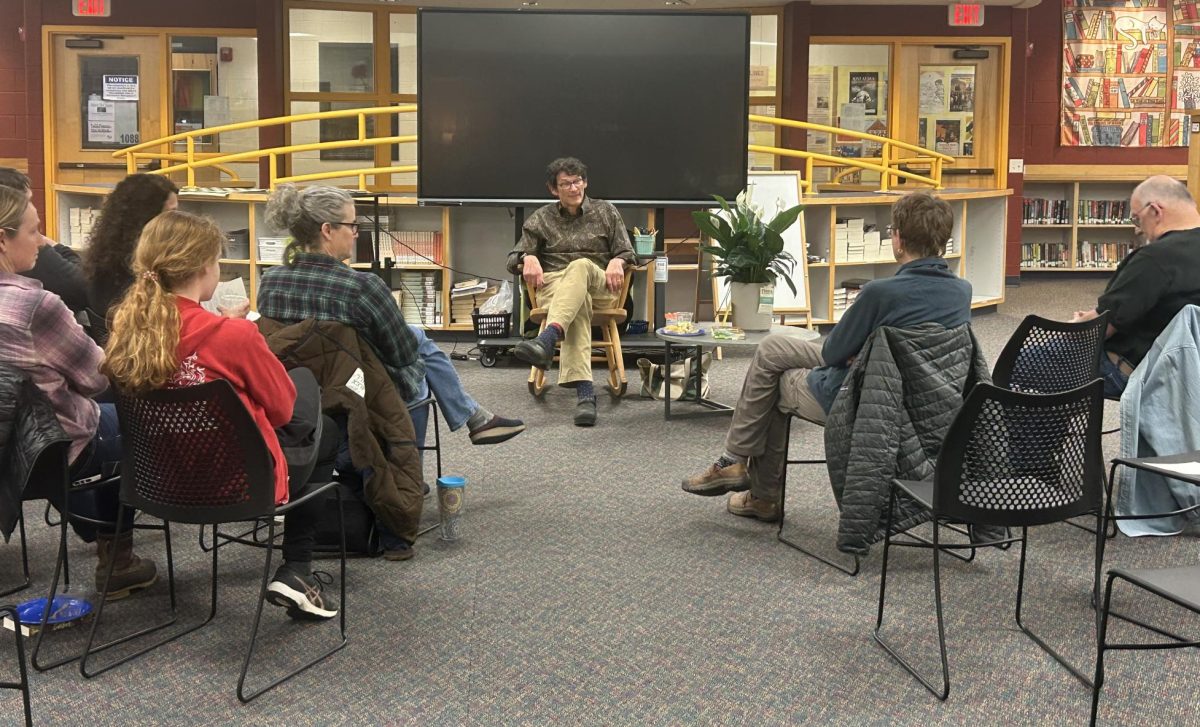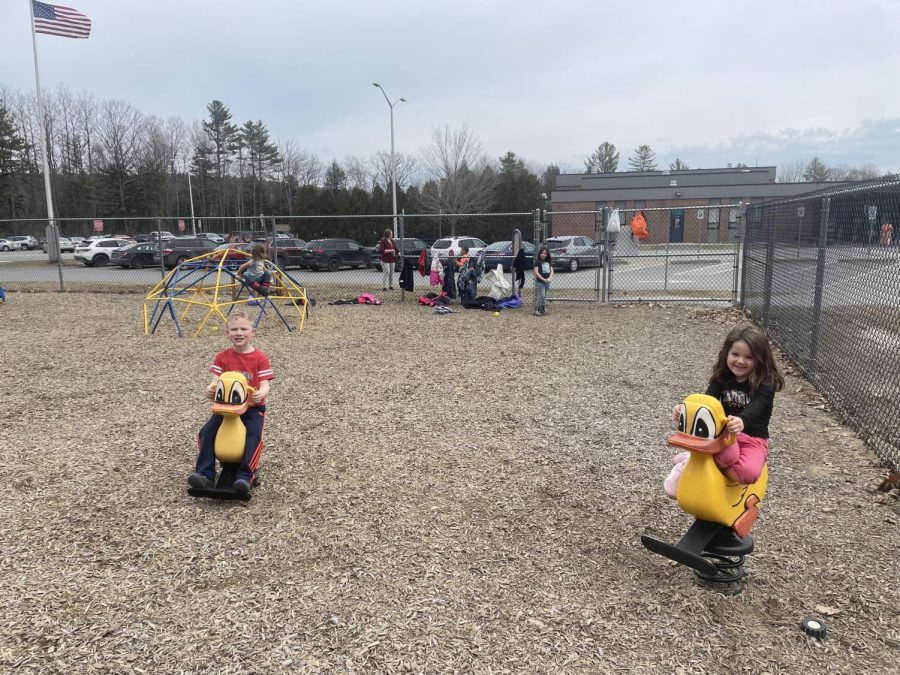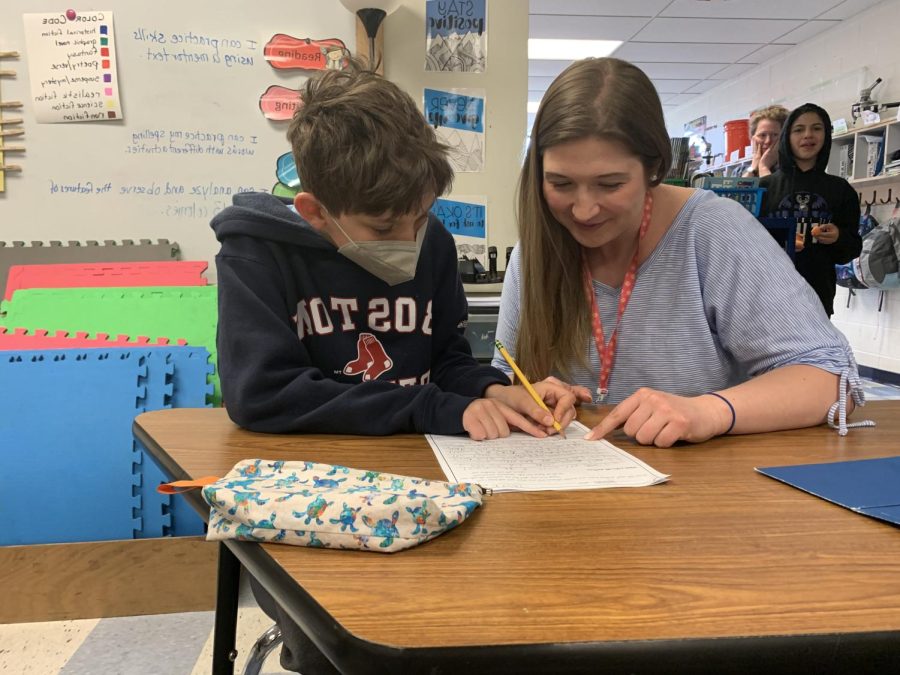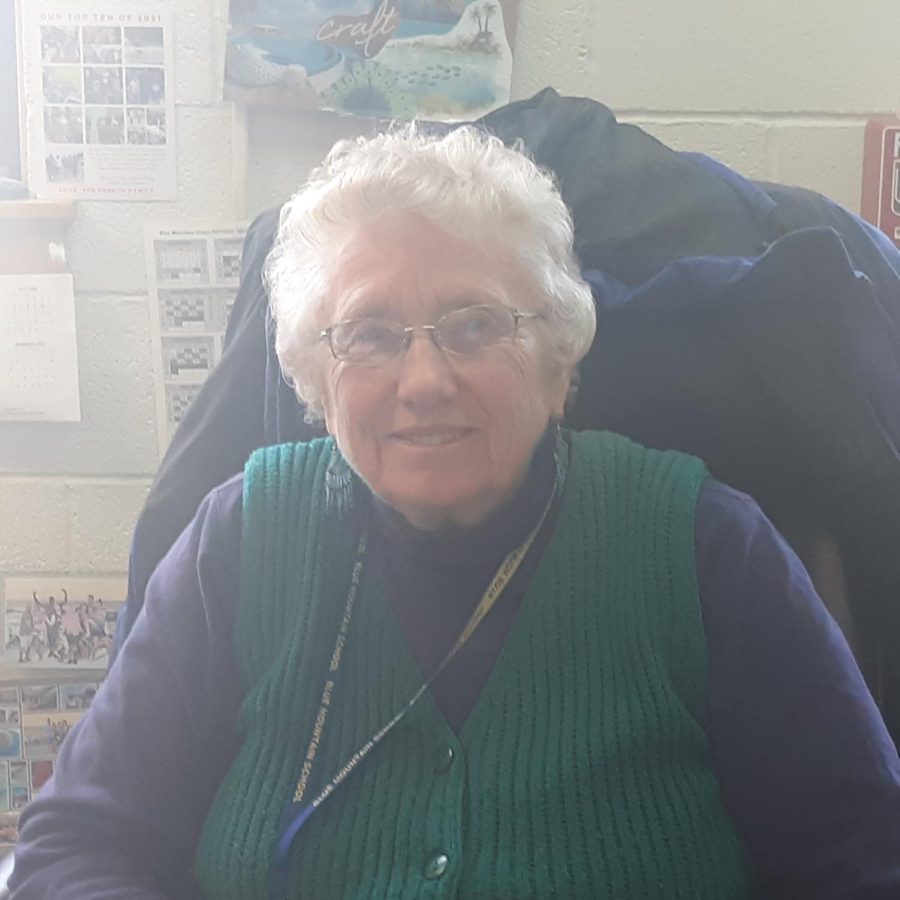Dual Enrollment Southern New Hampshire University Writing Composition students participated in a unit called Campaign for a Cause. In this unit, students selected an issue that interested them, conducted research, created an annotated bibliography, and wrote either a long or short op-ed on the topic. They then presented a speech about a local non-profit organization that addresses the issue. Each student chose whether to publish their short or long op-ed.
Loneliness: The Silent End of Happiness
After her friends paired off, Sarah turned to her phone for comfort. But scrolling through social media only deepened her loneliness. Every smiling photo, every “look how cute we are” post made her feel more isolated. Sarah was no longer watching them live; she was watching them live without her.
Welcome to Vermont. Where our cows outnumber our people. To the rest the of country, we’re just a speck of maple-scented stickers. Some people can’t even name one fact about us. And just like Vermont, many of our students feel overlooked. You know, kind of like the typo you missed in that paragraph. (Found it?)
Here’s the thing: loneliness has reached crisis levels among Vermont high schoolers and demands immediate action. Schools must actively promote resources that students may not be aware of and create a community where staff and peers support those who feel overlooked.
But loneliness is wearing a disguise, as one Blue Mountain Union School teacher shared, mental illness is continuing “to rise among adolescents, we need to remember that loneliness doesn’t look the same as it may have 10 or 20 years ago. Today, it’s masked by constant connection; messages, likes, and online communities. Much of it is a surface-level, false sense of fulfillment that leaves a deeper sadness behind. We’re wired for real human contact, for shared presence, not just digital proximity. Screens can only fill a small void. What we really need is more nature and real nurture. We need places where we can actually show up, be ourselves, and feel like we matter beyond the matrix.”
Translation: You could have 500 Snapchat streaks and still feel like no one really sees you. In Vermont’s close-knit society, where “everyone knows everyone” – even your teacher’s cousin’s dog – it can feel especially isolating when you don’t really fit the mold. Imagine walking in a hallway where everyone’s laughing and cracking jokes, you know, just vibing, but you still feel invisible. It’s like you’re wearing an invisibility cloak, but it’s less magical and a lot more sad.
In a statewide survey, reported in the podcast Vermont This Week, one-third of high schoolers reported struggling with mental health. Many of these students stated that they “felt like they didn’t belong in their community.” That’s not just a mood; it’s a warning. When loneliness festers, it doesn’t just lead to sad playlists, it brings unwelcome companions such as anxiety and depression, which can later turn into acts of self-harm, substance abuse, and in some heartbreaking cases – suicide. According to the Vermont Department of Health, suicide is the second leading cause of death in teens. And yes, even here in a seemingly idyllic land full of cows and maple creemees.
But the signs are not always as dramatic. One student shared with me: “I used to feel so alone that I’d lock myself in my room. I felt like a burden to my friends and family, so I stopped reaching out. I buried myself in work to avoid my own thoughts.” From the outside? Straight A student. From the inside? Spiraling.
Another student who homeschooled for years shared her struggle to fit in, “There’s a delicate balance between the support schools offer and the pressure to belong. My teachers were great, but the peer pressure to conform was intense.” It’s hard to thrive when you feel like you don’t belong in your community.
This hollowness echoes within an informal guide, The Little Book of Psychology, which teaches: learning is not just about flashcards and facts. It’s about connection, socialization, and asking questions. Our brains literally learn better through conversation, collaboration, and community. Without those, even the smartest students will mentally check out. They will spiral.
So, how do we address this sneaky problem of loneliness? It starts with action. Feeling overlooked isn’t just a personal issue; it is a community one, and it’s time it was treated as one.
First, schools must take steps to raise awareness about organizations like NAMI Vermont (National Alliance on Mental Illness). Many students and, let’s be honest, parents, are unaware that organizations like this exist. NAMI offers programs like NAMI In Our Own Voice, where real people who have struggled with mental health come in and share their stories. Schools can also organize workshops or invite guest speakers, anything as long as it is not another slide show on the dangers of untreated mental health.
Second, counselors shouldn’t just be the 911 button students press when everything falls apart. What about routine check-ins? If counselors and teachers team up early, they can spot signs of loneliness before it escalates into a catastrophe.
Finally, students: you’re the secret ingredient. Peer-led programs like buddy systems, mentor groups, support clubs, and just plain old kindness can help bridge social gaps. Sometimes, the only one who can help is someone your age who’s been there. Encouraging students to reach out when they see someone sitting alone can literally save a life.
So what’s the real takeaway here?
Loneliness isn’t a character flaw. It’s a real issue with real consequences. It doesn’t always look like sadness. Sometimes it’s the kid eating alone, the straight A student, or even the star athlete.
The good news? We can do something.
Vermont’s communities are our strength. If anyone can build a real connection, it’s us. But we need to start discussing loneliness. We need to get offline and into each other’s lives. We need to notice the unnoticed.
Loneliness shouldn’t be the end of happiness. It should be the beginning of a conversation and maybe even a high five, an awkward hug, or a real-life friend request.

